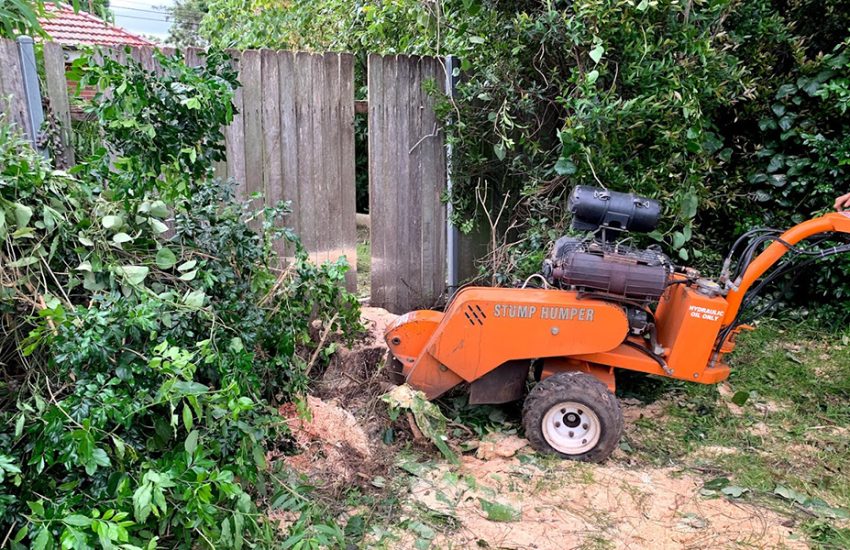Revolutionizing Real Estate Exploration: Embark on Virtual Tours of Properties from the Comfort of Your Home
In the ever-evolving landscape of the real estate industry, technological advancements have paved the way for a groundbreaking method of property exploration: virtual tours. Gone are the days of solely relying on static images and textual descriptions to envision your dream home. With virtual tours, you can now immerse yourself in a three-dimensional, interactive experience that brings properties to life, right from the comfort of your own home.
Imagine being able to stroll through the hallways, peek into bedrooms, admire the views from different angles, and explore every nook and cranny of a potential new home, all without setting foot outside. Thanks to cutting-edge virtual reality (VR) and augmented reality (AR) technologies, this futuristic vision has become a reality, transforming the way we search for and experience real estate.
Virtual tours offer a multitude of benefits to both homebuyers and sellers. For buyers, it eliminates the constraints of physical distance and the need for time-consuming property visits. Whether you’re located in a different city or even a different country, you can now step inside a property and examine its features as if you were there in person. This saves valuable time and resources, enabling you to narrow down your options and focus on the properties that truly captivate your interest.
Additionally, virtual tours provide an unparalleled level of convenience. No longer do you have to coordinate schedules with real estate agents or navigate through traffic to attend multiple open houses. With just a few clicks, you can access a virtual tour at any time that suits you, empowering you to make informed decisions at your own pace. The ability to revisit properties at your leisure allows for careful consideration and comparison, ensuring that you choose the right home that meets your needs and preferences.
For sellers, virtual tours present a powerful marketing tool that enhances property visibility and attracts potential buyers. By showcasing their homes in an interactive and engaging manner, sellers can make a lasting impression and stand out in a competitive market. Virtual tours offer a comprehensive view of the property’s layout, design, and unique selling points, captivating buyers and generating a sense of emotional connection. This increased engagement can lead to faster sales and higher conversion rates, benefiting sellers and real estate agents alike.
Moreover, virtual tours foster transparency and trust in the virtual tours of real estate transaction process. Buyers can have a realistic understanding of the property’s condition and layout, reducing the likelihood of surprises or disappointments upon physical visits. Sellers, on the other hand, can attract more serious and qualified buyers who have already had a comprehensive virtual experience and are genuinely interested in the property.
As the demand for virtual tours grows, real estate agencies and platforms are investing in advanced technologies to provide increasingly immersive and realistic experiences. VR headsets, 360-degree cameras, and high-resolution imagery contribute to the creation of lifelike environments that truly simulate the feeling of being inside a property. Some platforms even incorporate interactive features, allowing users to customize virtual spaces by rearranging furniture or experimenting with different design options, enabling them to envision their own personal touch.
In conclusion, virtual tours have revolutionized the way we explore and interact with real estate. With their convenience, accessibility, and ability to create emotional connections, virtual tours have become an integral part of the home buying and selling journey. Whether you’re a buyer seeking the perfect home or a seller aiming to attract the right buyer, virtual tours offer an immersive experience that transcends traditional property exploration, bringing the future of real estate into the present.



